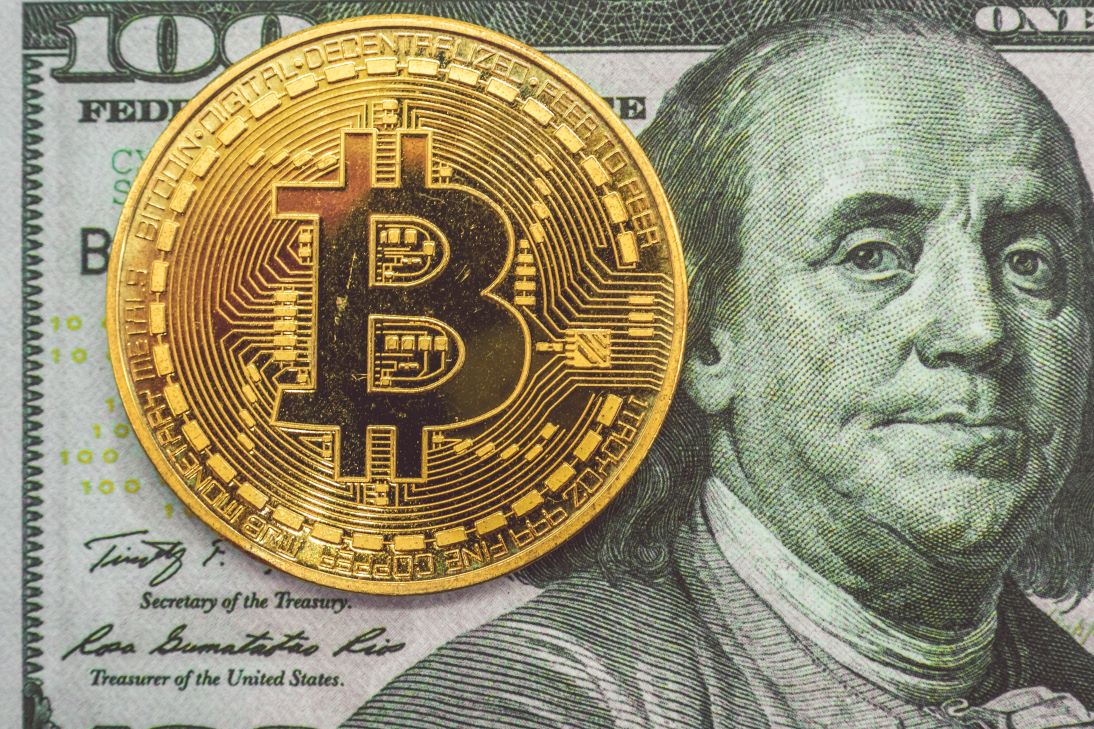The Reserve Bank of India today announced the launch of the pilot program e₹-R, the digital version of our own Rupee or the central bank digital currency or CBDC.
Presumably, this is for ease of transactions, reducing the cost of printing and storing physical INrs, and also to promote innovation.
But first, what exactly is the e₹-R?

I have found that the easiest way to explain this is through an analogy of a game like Poker, Blackjack, or our own teenpatti. Whether you are playing with a group of friends or in a casino, there is a concept of chips or tokens. You hand over your cash and you are handed over easy-to-use chips of different denominations. You can play with them, lend to friends and trade your winnings finally for actual hard cash.
Those chips represent cash and are for sure easier to handle.
Similarly, our RBI via four banks (State Bank of India, ICICI Bank, Yes Bank, and IDFC First Bank) will distribute tokens that represent our currency. The launch is in Mumbai, Delhi, Bengaluru, and Bhubaneshwar. If the program succeeds, it will be expanded to additional cities via more banks.
How does it work?
The above four banks get digital currency from the RBI. If you are a customer of the bank, via their CBDC App you can download a digital wallet. After that, you can then convert money from your savings a/c to e₹-R tokens or the CBDC. The tokens are available in the same denomination as the actual paper rupees, i.e. Rs 10, Rs 100, Rs 200, Rs 500, etc. Even 50 paise and 1 rupee coins are being issued digitally.
Once you have the e₹-R tokens, you can transfer them to anyone else who has a CBDC or an e₹-R digital wallet. Anyone who has used payment mechanisms like Gpay, Paytm UPI using wallets will find it simple to understand. You can do a Digital Rupee transfer via the e₹-R tokens in your wallet. Though unlike Gpay or Paytm, you don’t have the option to debit or credit your bank a/c for transactions.
To continue with the above example of casino tokens or chips, it is like carrying a bag of tokens around but virtual and exchanging them for goods or services. (Assuming everyone you deal with goes to the casino. haha ). You will have to remember a password or a key. Unused ones can be converted to physical currency or credited to your bank a/c.It is easier than carrying cash, no more bulky wallets in your bag. Also once transferred cannot be retrieved just like cash.
So what is the big deal? Sounds good, but still is it that different from paying via Gpay or Paytm?
Well, as things stand now, the RBI says that retail transactions up to Rs. 50,000 will be completely anonymous and will not be traceable. There may be a mechanism for grievance redressal though if a transaction has failed.
That’s interesting.
How is e₹-R, different from Cryptocurrency?

Completely different, except for the fact that it uses similar technologies of the blockchain. Both are very difficult to hack as transactions are recorded on multiple nodes.
Cryptocurrency is backed by NO government. e₹-R is backed by the government.
Cryptocurrency has to be mined using powerful computers. e₹-R is issued by the government.
Cryptocurrencies’ value is determined by market forces. e₹-R is pegged or equal to the Indian Rupee.
There are multiple cryptocurrencies Bitcoin, Ethereum, litecoin, etc, whereas e₹-R is THE only one.CBDC is like holding cash in your wallet. You can’t be careless with the key or it can get lost. Similarly, you cannot earn any interest on it. It is one more way to transact like UPI, Gpay, and Paytm.
The biggest characteristic of the CBDC is that it is backed by the government.
The supporters of crypto just do not want exactly that. They want a medium of exchange that cannot be controlled or manipulated by any government.
Assuming the pilot program succeeds and the software is robust, the success of CBDC will depend on how many people adopt and use it. If it does, people could on future directly download CBDC from the RBI and eliminate the intermediary banks.
If they choose not to use it, CBDC will not affect the normal day to day life of a ordinary citizen. If they do, it surely is a threat to Gpay,Paytm and the like. If e₹-R becomes popular, those platforms can get redundant.
One wonders though that if e₹-R transactions remain anonymous, what purpose did demonetisation serve? And if the value of the anonymous transaction is very low, how useful will it be? The tokens may work like a small micro banks and serve as a social cause for rural areas. I believe though,that any village in India, where there are smartphone users, will also have a bank.
Surely, the bigwigs in the government have a plan in mind with respect to the e₹-R , we have to wait and see, what it is.


Manusha
Excellent explain ing of a complicated subject. I till today didn’t understand Crypto. Now I know it.Thanks
Amita
thankyou
Jigar
The government should have some other purpose. As it stands now why do the hassle of downloading CDBC when we have the UPI options. Nice write up!
Amita
thanks jigar.
Sejal Goel
Nice and informative article. Very simple to understand. Amazing article Amita.
Sree
A good read..
Sejal Goel
Read again after seeing the reel on instagram. Found the reel & the article both very interesting.